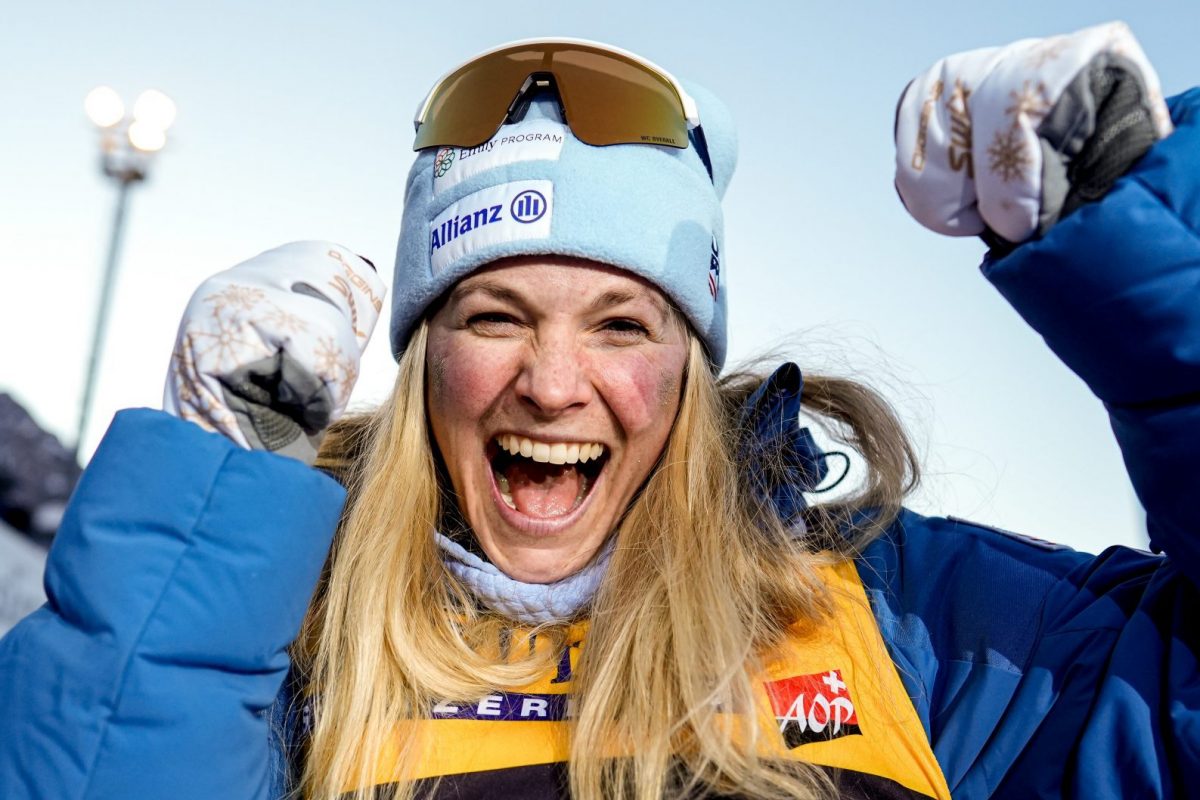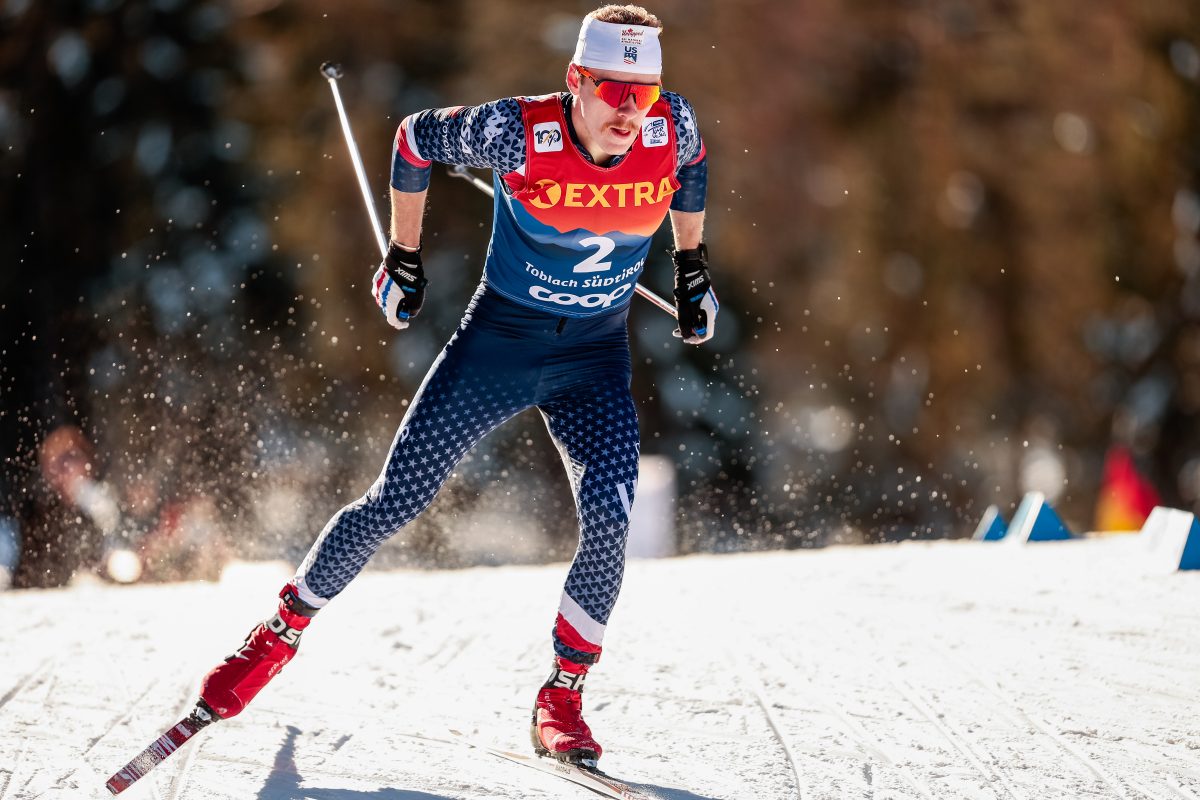Interview with Peter Petricek (SLO)
Prior to the 2006 FIS Congress in Vilamoura, the FIS Newsflash had a chance to ask Peter Petricek (SLO), Chairman of the FIS Cross-Country Committee, about his thoughts on the sport and its future.
FIS Newsflash: The FIS Tour de Ski promises to be the biggest change in the 2006-2007 Viessmann FIS World Cup Cross-Country calendar. What do you think of this new concept?
Peter Petricek: I have always been a great fan of the Four-Hills-Tournament in Ski Jumping and therefore have supported the concept of the FIS Tour de Ski since the idea was introduced by Jürg Capol and Vegard Ulvang in late 2004. I see it as a great vehicle to make the sport of Cross-Country Skiing more attractive. Besides the overall World Cup winners, we will, with the Tour, have an annual World Cup season highlight. Our previous attempts to modernize the sport may have been a bit too conservative. Now, I think we have the right mix of capabilities and timing. Of course, the first edition of the Tour must be a success in all aspects. Providing that, I think the Tour will show what unused potential we still have in Cross-Country Skiing.
FIS Newsflash: Some critics argue that it is now time to stop the changes and stabilize the situation in Cross-Country Skiing. How do you see the development of Cross-Country Skiing in the past several years?
Peter Petricek: Cross-Country Skiing is unlike football which is equally popular from Argentina to Germany and Slovenia. It has long traditions in the Nordic countries where it is simply part of life. Our challenge is to make Cross-Country Skiing more popular worldwide, but in particular in Central Europe where the large populations live, and the audiences with money. Like it or not, we need TV viewers who can spend money on a sport as that is what our sponsors are looking for, and our sponsors are what enables us to award more prize money, organize better events and support the organizers.
Granted, we have introduced some new elements to Cross-Country Skiing, such as the sprint and the pursuit with a pit stop. These modifications have served to make the sport more exciting to the big audiences and are especially attractive on television. But I would also argue that some other changes, such as the mass start, are no real changes but rather refinements based on our past experience. The mass start had been used in team events for decades so it was only natural for us to implement it in the individual events as well. Other changes, such as having 30 instead of 16 athletes in the sprint finals, are really just fine-tuning.
FIS Newsflash: How do you see the future of Cross-Country Skiing?
Peter Petricek: From the perspective of TV viewers, a star is good for the sport. But there, too, a balance between stars and high quality competition is needed in the long term. In the future, I think we have two main challenges: first, we have to make sure that even at the elite level we cater to the needs of our broad basis of hobby skiers. They are important opinion leaders, promoters of the sport, and are also the people that the industry is most interested in given their expenditure in equipment. Secondly, we absolutely cannot allow poor TV coverage to continue. To ensure high quality TV production, we should consider hiring a TV expert to work together with the FIS Race Director and the PR & Media Coordinator throughout the season.
Although I will no longer be guiding the Cross-Country Committee since I will step down from the position of Chairman in Vilamoura, I think it will continue to be important to invest in good training for our Technical Delegates. And we have to take better care of the athletes and team service staff in the future, especially in terms of the World Cup calendar, traveling and working conditions. But given the leadership provided by Jürg Capol as FIS Race Director in the past three years, I know that the sport of Cross-Country Skiing is in good hands and can look forward to a bright future.
Source: FIS



